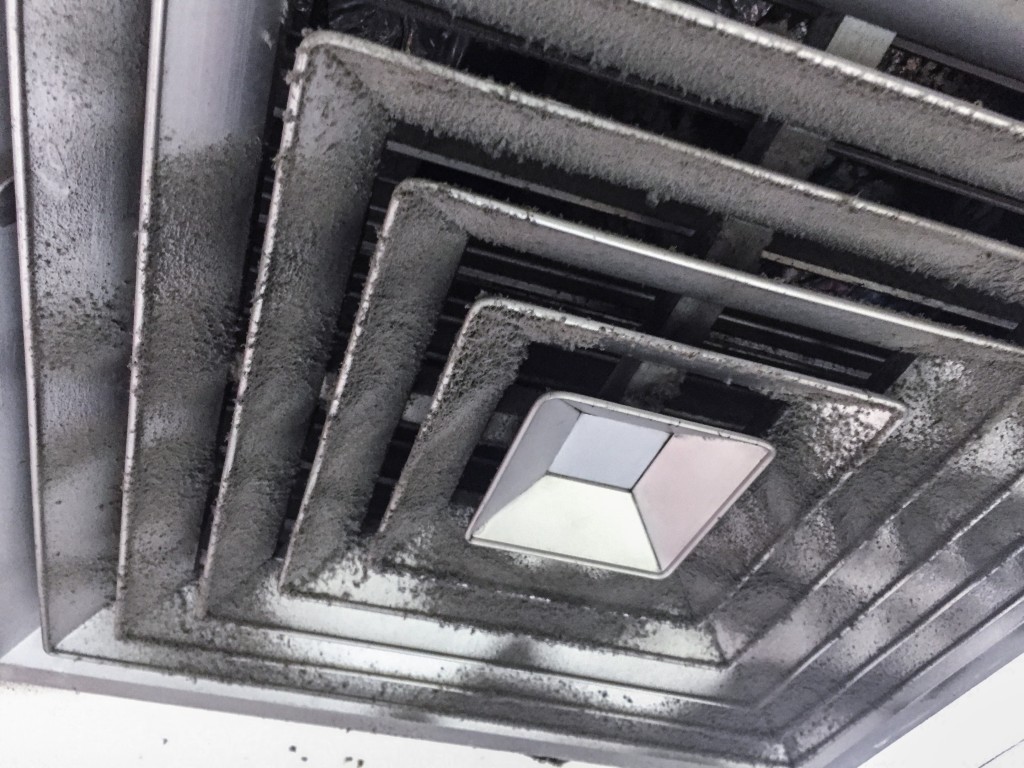Few things are as important to the comfort of your family in your home as the HVAC system. The climate control device utilizes different elements including a furnace, a thermostat, a condensing unit, and refrigerant lines to control the temperatures in your home.
In every system, the air duct is arguably the most important element. Also known as the ductwork, in a commercial HVAC system in Utah, the air duct removes and provides air. There is one in the different elements including the diffusers and the processing units.
For an HVAC system to be efficient, the ducts need to be high quality. They offer the sole benefit of energy savings. Your HVAC system has one of the following types of ductwork:
Flexible ducts
These kinds of ducts have polyester and an aluminum tube in concentric circles. There is a layer of fiberglass or wool between them which provides insulation. The primary use of this duct is to join the terminal units with elements such as the grid or the diffuser.
For example, some models have aluminum foil laminated with up to three layers. The polyester layer is then metalized before the two are bonded with insulation. The purpose of such technology is to improve efficiency.
Metal ducts
As the name suggests, metal ductwork is metallic, made of materials like copper, stainless steel, aluminum or galvanized steel. The ducts are usually shaped to conform to the shape of the system. By their nature, metals conduct heat easily, and so they need insulation.
In most commercial units, fiberglass is used as the wrapping on their outer sides for thermal insulation. In some cases, the insulator may be installed inside the duct walls, but this will need duct slabs made of fiberglass. These wraps are often mixed with mesh to offer acoustic insulation as well.

Fiberglass Ducts
Fiberglass ducts are made using fiberglass boards. They usually come in the shape of the unit, but they are cut and folded from the boards as needed.
The side that will come into contact with air steam is usually referred to as the inner face. The external side of the dust is typically reinforced with an aluminum foil or with another fabric layer based on the system requirements.
Plastic ducts
True to the name, plastic ducts are cut from plastic. There are exceptions that are usually cut from foam boards. Like with fiberglass ducts, they are cut and folded according to the requirements of the system. Plastic ducts are often intended for distribution, and hardly for use with conditioned air.
The type of ductwork in your HVAC system will have something to say when it comes to cleaning. As it is, industry guidelines dictate that if someone in your home without allergies suddenly shows signs of an illness that cannot be explained, there be a visual inspection of the ducts.
It could be a result of things such as mold forming there. Meanwhile, ensure that you have a thorough cleaning of the ducts done regularly. That way, the cleaner can remove debris, dust, cobwebs, rodent droppings and hair that may compromise the health of your family members.
